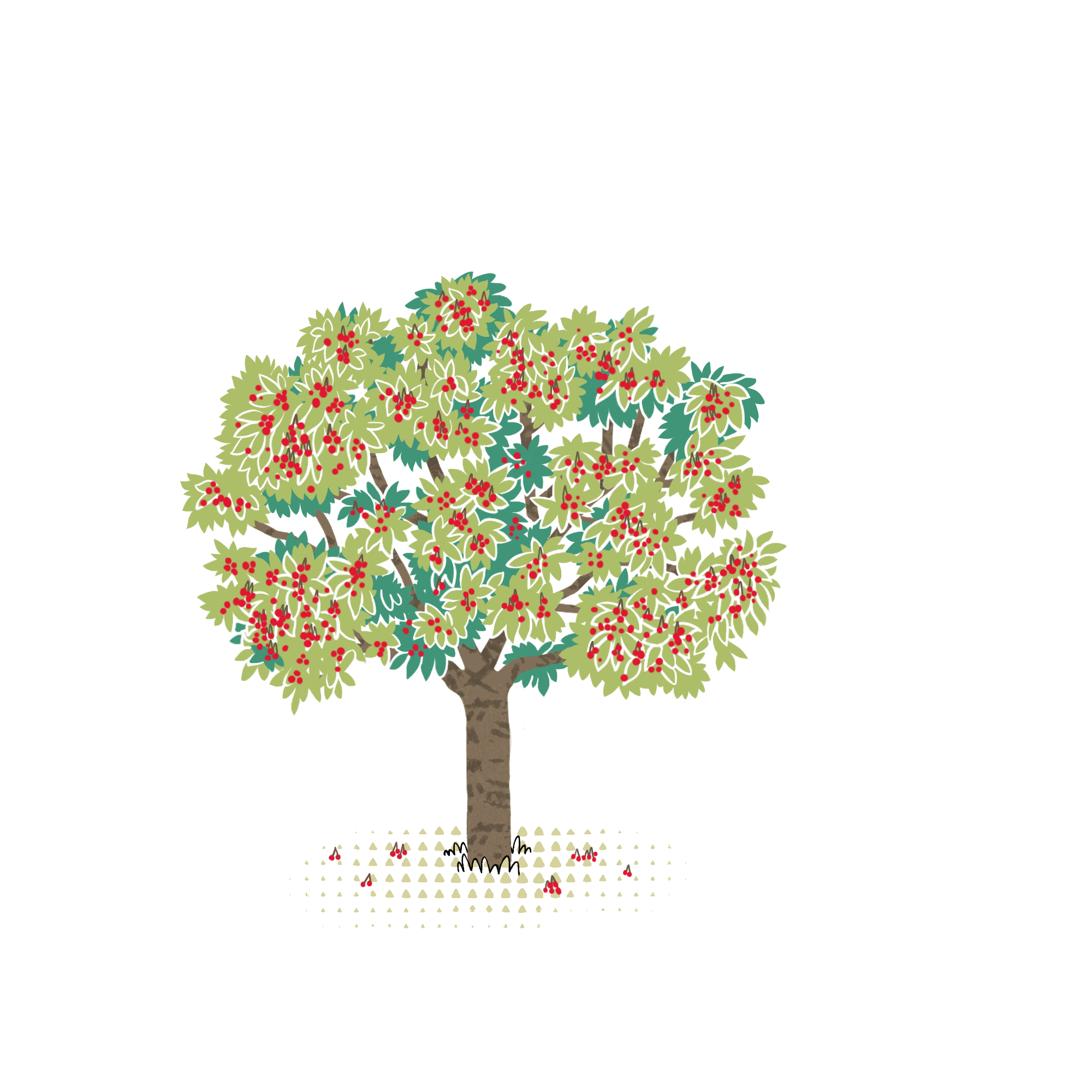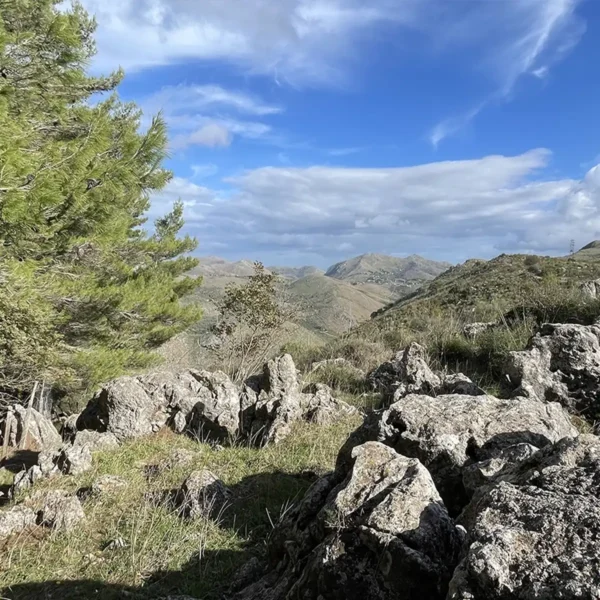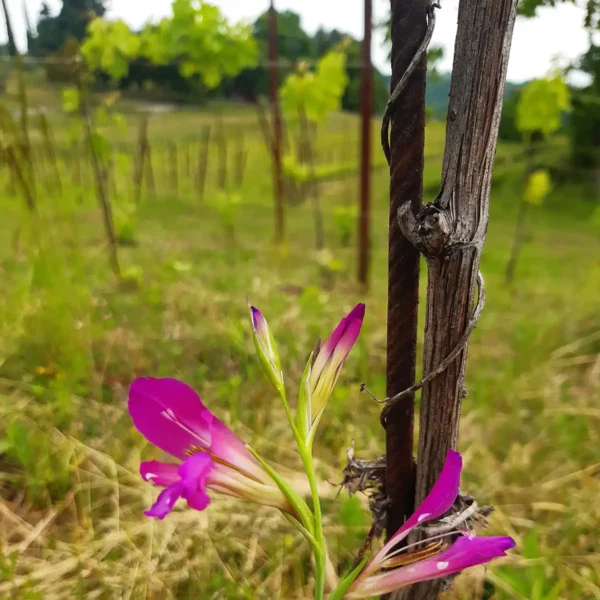
Wild cherry
Animal lovers
Lovers of good things
Who wants to say "I love you"
The wild cherry is a tree of very ancient origin. Its "wild" ancestor was already a source of nourishment in the Bronze Age, a time to which the first kernels found by archaeologists in Europe belong. Surely, after the first bite, even for our ancestor "one cherry pulled the other". Ideal for those in life who are not satisfied with the first bite!
Scientific name: Prunus avium
Common name: Wild cherry
It is a member of the Rosaceae family. It is native to Asia, between the Black Sea and the Caspian Sea, but has spread throughout Europe. It grows wild in forest edges and mixed forests from Europe to the Middle East and Western Siberia. Its deep green serrated leaves are up to 15 cm long. The flowers are pinkish-white and appear in spring, but unfortunately they are sensitive to late cold. The celebrated fruits are purplish-red drupes containing a stone, with petioles up to 5 cm long.
The crop cultivation of the plant is most certainly ancient. From Asia Minor, it spread to Egypt as early as the 7th century B.C.E. and later spread to Greece, as the philosopher and botanist Theophrastus testifies to us in the 3rd century B.C.E. The arrival of the wild cherry in Italy is traditionally linked to what Pliny the Elder narrated in his chronicles. Its migration from Asia to Rome is preserved in the Latin term "cerasus," which derives from the Greek "kérasos," which in turn derives from the city of Giresos in Turkey.
Cherries are low in calories and high in water content. The sweet taste makes it ideal for jam and sweets of all kinds. The petioles of the fruit while still unripe are excellent against water retention and as an adjuvant in the treatment of cellulite, due to their strong draining properties.
What makes it unique
of CO2 captured over a year
reachable height
maximum life expectancy
Forests where you can grow your own Wild cherry, adopting or giving it away.

Bosco dei Sette Cieli
 Italia
Italia
Bosco di Villa Roberti
 Italia
Italia
Mezzaluna della Biodiversità
 Italia
Italia
Parco Campo dei Fiori
 Italia
Italia

